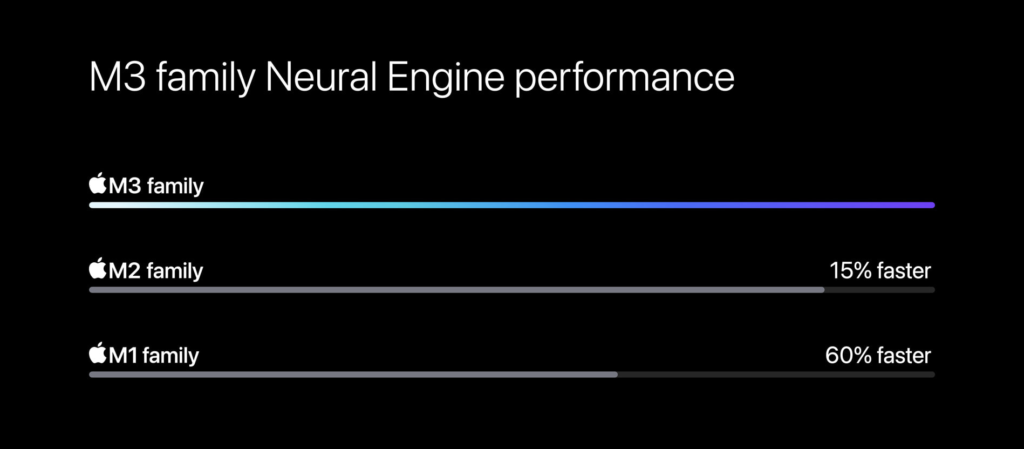As far as modern desktop computing is concerned, Apple’s M-series chipsets have probably been one of the most impressive processors that we’ve seen on the market since their debut – the company even went so far as to ditch Intel for its Mac computers, instead relying on its first-party silicon to power its laptops and desktop machines. With that said though, it’s apparent that we’ve come a long way from the days of the first-generation M1 chip, following the release of the company’s newest processors, which consist of the M3, M3 Pro, and M3 Max chips, all designed for different tiers of performance and user needs.
Apple’s launch of the M3 series processors follows the unveiling of Qualcomm’s very own Snapdragon X Elite, which is designed to power Windows-based machines (and with considerable performance to boot). Apple promises that the M3 family comes with some much-needed improvements, including a faster CPU and Neural Engine, and support for more unified memory – let’s take a look!
CPU Improvements

Apple says that it has made architectural improvements to the performance and efficiency cores within the CPU used for the M3 series, claiming that the performance cores are up to 30% faster compared to the first-gen M1 chips, allowing for faster processing times and more efficient handling of tasks. Additionally, the M3 series’ efficiency cores come with a 50% speed increase over the M1’s allowing for better battery efficiency.
An All-New GPU

For graphics, Apple claims that the M3 series’ new GPU packs the biggest improvement in terms of graphics architecture, with new features such as Dynamic Caching that allows for the real-time use of local hardware, meaning that only the exact amount of memory needed is used for each task. There’s also hardware-accelerated ray tracing, which is designed to enhance graphical and visual quality during gaming sessions for a more immersive experience. This is combined with hardware-accelerated mesh shading, which Apple says allows for more visually-complex scenes for games and graphics-heavy tasks.
Unified Memory
As with previous M-series Apple chips, the M3 processors comes with a unified memory architecture, which Apples says can deliver high bandwidth, low latency, and optimal power efficiency. Using a single pool of memory enables the rest of the chip to access the same data with no need to copy between multiple pools of memory, for improved performance and efficiency. There’s also support for up to 128GB of memory which gives users more flexibility with regards to their workflows.
New Custom Engines

The M3 processors likewise pack an improved Neural Engine, which is designed to accelerate machine learning models. Apple claims that the Neural Engine is up to 60% faster compered to the M1 series processors, meaning that AI and ML workflows are now more efficient without sacrificing too much data. Users with powerful editing and production tools such as Final Cut Pro, Topaz and Adobe Premiere will be able to experience a boost in performance.
Using an advanced media engine, the M3 series can also tap into hardware acceleration for different video codes which include H.264, HEVC, ProRes, and ProRes RAW to name a few. There’s also AV1 decoding onboard which is designed for power-efficient media playback.





3 Comments
Pingback: The New M3-Powered MacBook Pros are Ridiculously Impressive
Pingback: Apple’s M3 iMac is Expensive, but is it Worth It?
Pingback: Apple’s Services Remain Among its most Profitable Products